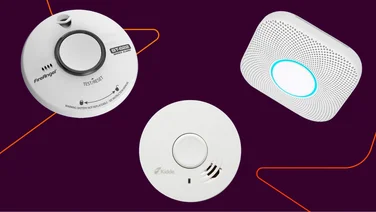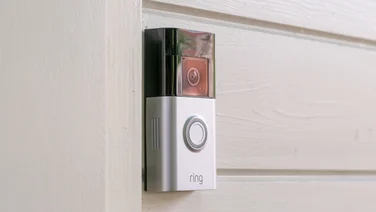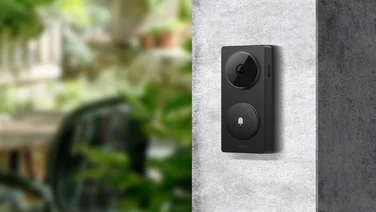To help us provide you with free impartial advice, we may earn a commission if you buy through links on our site. Learn more
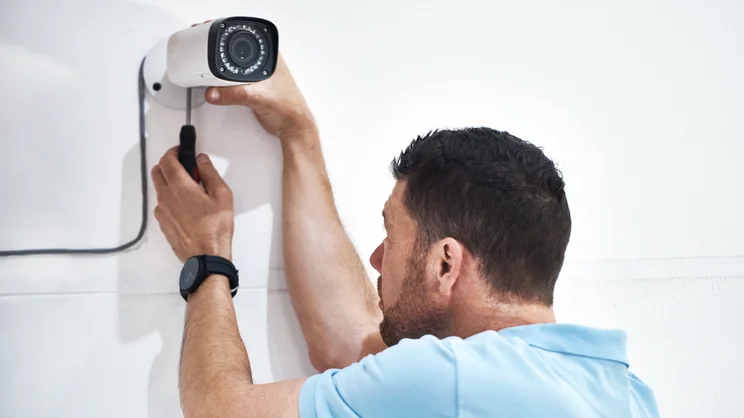
It’s a sad truth that even in the safest neighbourhoods, it pays to have good security. Cameras are a key part of preventing crime, or at least helping solve it after the fact, but it’s not simply a matter of putting cameras up wherever you like.
Instead, by being strategic, you can optimize your coverage and reduce the amount of money you spend on cameras as a whole. So let’s talk about the best places to, er, place your home security cameras.
Our guide below will cover a few of the best spots to put your security camera, as well as how many you might need for your home and some other tips for best coverage and security. Before you leave this page, don’t forget to check out our roundup of the best home security cameras to buy as well as our best video doorbell recommendations.
The best places to put security cameras
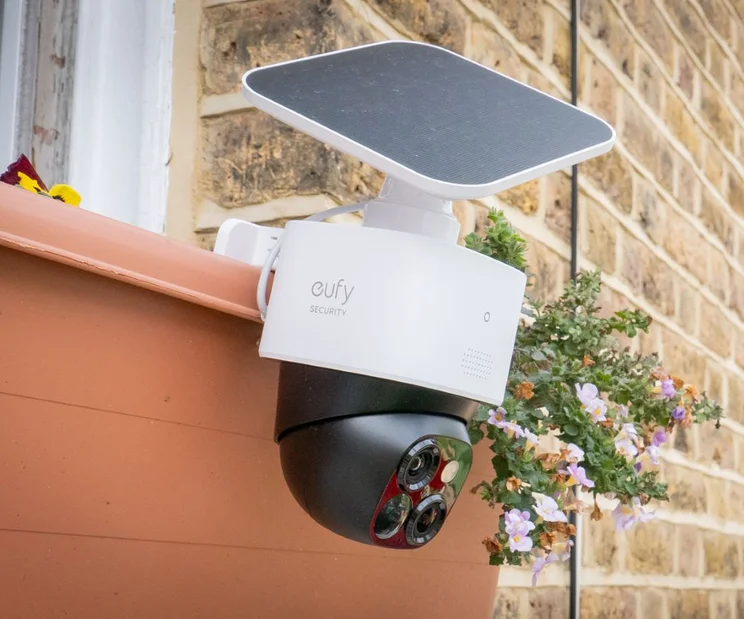
No matter how large your budget, you’ll never get every square inch of your property covered by security cameras. But nor would you want to. So here are the most important places you should place a camera, in order of importance.
Exterior of the front door
You might think the last place a burglar would go is to your front door, but the truth is that many crimes are opportunistic, and the front door is the main entry point for both legitimate and nefarious visitors. At the very least, a potential intruder is likely to pass in front of your home at some point, if not during the actual commission of a crime.
These days, video doorbells from companies such as Ring are common, and that may in fact be more than enough for your needs. These cameras have wide angle lenses and can be set to only record when they see something moving or recognize a person.
However, if you want to put a dedicated camera in place, put it above the door pointing downward, or to the side of the door. You want a good view of the approach, but don’t put it too high above eye level or it can be hard to make out faces.
Exterior of back door
This needs the same coverage as the front door, and is arguably more important, as it’s the most discreet entrance. This can also give you a good view of the back yard depending on the layout.
If you have a large garden, a second wide-angle camera in an alternative position may be a good idea.
Exterior above garage door
Garage doors can be a security vulnerability, either physically or electronically compromised. They are sometimes the easiest way into a home, and the garage itself contains some of our most valuable possessions.
So, a camera above the garage door can give you a good view of those approaching, and it can double as a wide front garden view. Depending on the type of garage door you have, it may obstruct the camera when open, so you’ll have to compensate for that. If there’s no good angle from above the door, you may have to place the camera somewhere it can look at the garage door front-on instead.
Side Gates and Alleyways
A common blind-spot, these areas are the perfect place for thieves to use bathroom and bedroom windows to slip into your home without being spotted. Mount cameras high and out of reach looking down these alleyways.
Interior main hallway or entryway
If someone does make it past the front door, a small camera high in the far corner of the entryway can capture the intrusion. And if you’re using a wide-angle camera, you might also be able to capture the interior of adjacent rooms, at least partially.
How many cameras will I need for decent coverage?

There is no universal answer here. Instead this number is driven by how many entry points and blind spots your property has.
For small homes, this usually means two to four cameras. Medium homes might need four to six and large properties, especially those with outbuildings, might need more than ten.
Where should I avoid placing security cameras, and why?
While it can be tempting to put cameras everywhere inside your home, it’s important to balance privacy with security. For example, it’s probably a good idea to leave cameras out of bedrooms, especially given that online connected cameras can potentially be hacked.
You should also be mindful of the privacy of people outside your home. If you have an exterior camera that can see into a neighbour’s garden, you may be violating privacy laws that protect people from surveillance in places where they have a reasonable expectation of privacy.
Top tips for placing your outdoor security cameras
Before you go ahead and install your exterior cameras, there are a few key points to keep in mind:
- Mount cameras high enough to prevent tampering, if possible
- Avoid direct sunlight or glare while keeping the sun’s position during the day in mind
- Cameras near rooflines or sheds can become nesting areas for birds or squirrels
- You’ll want to avoid foliage or other objects that move naturally within view of the camera and can block its view
We reached out to Dave Sayce from Compare My Move for his thoughts on security camera installation, and he raises some important points:
“When installing anything on the outside of a house, you need to think about where you’re installing and where you’re drilling. Most people are caught up in the security aspect of installing a camera, such as where it is pointing, field of view, etc., but you need to think structurally too.
For example, drilling blindly into the exterior of your house could end in damaging wiring or plumbing, so you should always consult your building plans or use a stud finder.
There is also a chance that you’ll damage the structure of the brick if you decide to install it by drilling. Older or softer bricks can crack if drilled into, so consult your house survey before installing a security camera for your home’s age and structural material. For uncommon building materials, you should consult a specialist when installing any exterior fixtures.”
If you’re not absolutely sure, it’s best to get a professional installation done.
Top tips for placing your indoor security cameras

Interior cameras come with their own unique challenges, so to make things as easy as possible, consider the following:
- Can pets reach the camera? Don’t underestimate where animals, especially cats, can reach
- Don’t aim cameras directly at light sources
- You’ll get the best coverage by placing cameras high in room corners
Remember, one expertly-placed camera is worth a dozen poorly-placed ones. It may take some trial-and-error to get your cameras placed exactly right for your property, and you should test them out by moving around those zones and pretending to fiddle with doors or other sensitive areas to confirm that the cameras are getting the footage they should.



